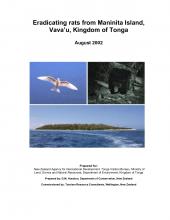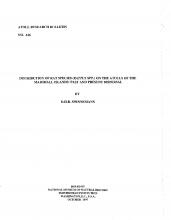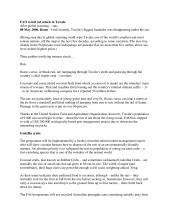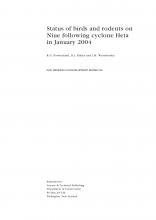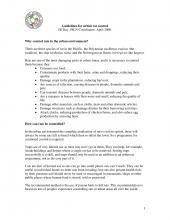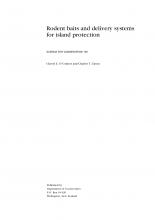Rodent baits and delivery systems for island protection / Cheryl E. O'Connor and Charles T. Eason

BRB
Available Online
Eason, Charles T.
,
O'Connor, Cheryl E.
2000
There are five toxicants (brodifacoum, bromadialone, coumatetralyl, diphacinone, and flocoumafen) registered for rodent control in New Zealand. They are all anticoagulants and are available in water-resistant bait formulations (i.e. wax coating, wax block, or egg). Several new rodenticide products, which are currently in the process of being developed or registered, including a new anticoagulant difethialone, have also been identified. There are no published data on the relative effectiveness, palatability, or durability of the existing rodenticides for field use under New Zealand conditions. However, relevant published information on laboratory and wild rodents is reviewed. It is concluded that the highest priority should be to assess the four weather resistant, second-generation anticoagulant products (Pestoff® Rodent block, Talon® 50WB, Contrac®, and Baraki®) for palatability, durability, and effectiveness for an island protection situation. Improvements could then be made to the existing products if required with additives to improve palatability or durability, lures to attract rodents, and repellents for non-target insect, lizard and bird species. Trials of an alternative (e.g. cholecalciferol) to the persistent anticoagulants should also be considered for island protection. The most rodent-attractive bait station which also eliminates bird access needs to be determined for the complete island protection system.
